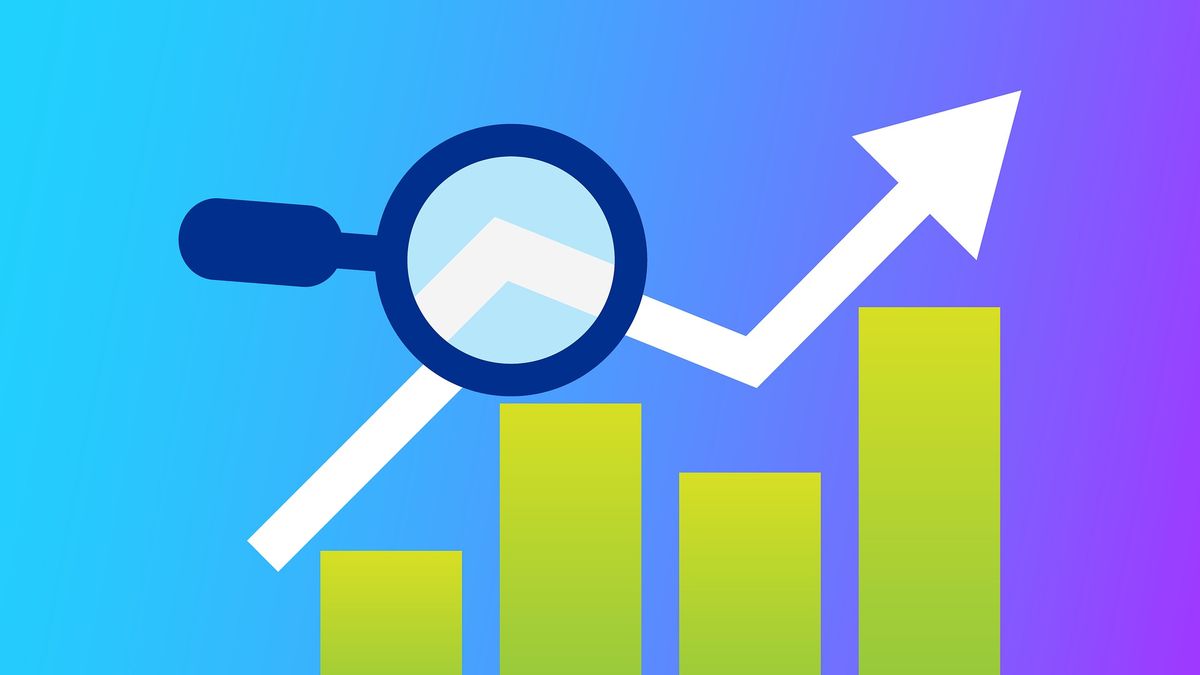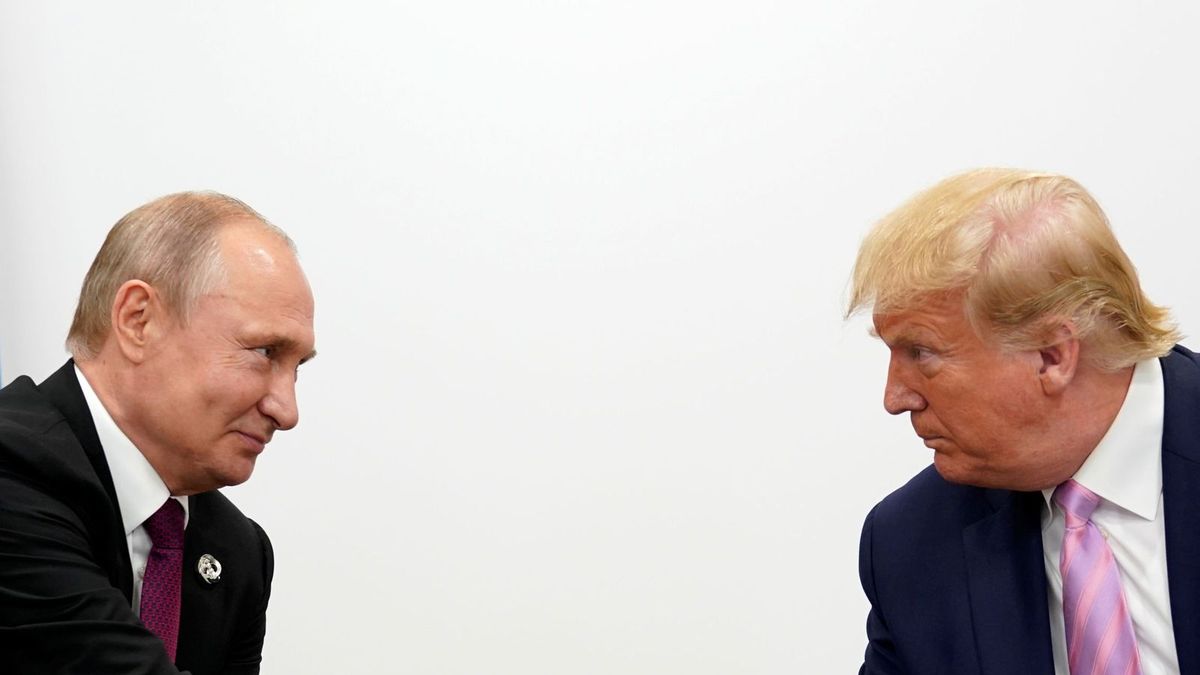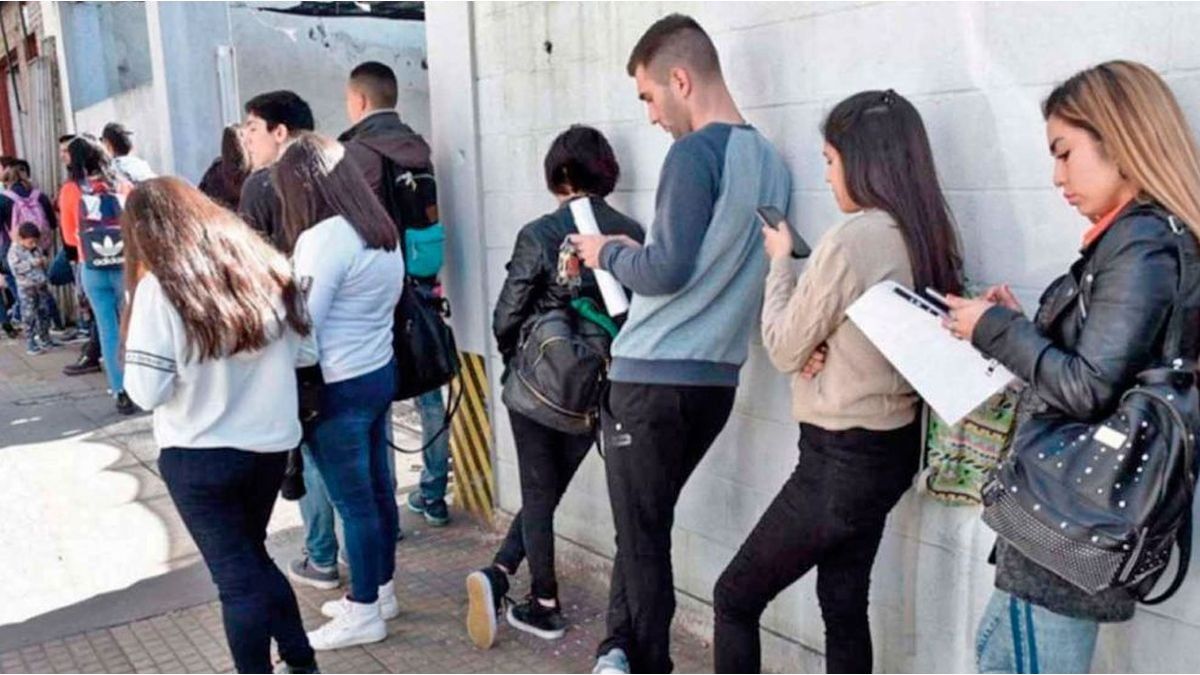The official exchange rate in 2021 increased by 22.1% versus an annual inflation rate of 50.4% (taking December with an inflation of 3.5%). This implies that exporters saw their income increase by 22.1%, while their overhead expenses grew by 50.4% annually. Looking to 2022, we should see a recovery in the exchange rate above inflation.
For the month of January 2022, if we want to maintain an annual exchange rate increase of 22.1%, the exchange rate should increase the same as in January 2021 when it rose 3.7%.
In the first quarter of 2021, inflation was 13.0% and the exchange rate rose 9.1%. For this year, we consider that inflation and the exchange rate could rise above the levels observed in 2021, and it would be desirable for the official dollar to beat inflation. In this context and if an agreement is reached with the IMF, the blue dollar should narrow the current gap of 100%.
The companies that participate in the public hearing to increase gas rates are already showing that the impact on the consumer’s bill would be between 25% and 30%, this to begin with the series of increases that we will observe this year.
Raw materials on a world scale are reaching very high prices, for example, nobody sees oil and gas going down, the world is in an energy crisis, a barrel of oil is in the US $ 80 and gas in Europe is trading at $ 15 a million BTUs. In Argentina, a Creole barrel is priced at US $ 55 and residential gas at around US $ 2.0 a million BTU.
Agricultural raw materials show a change of scale in their prices, corn, which for years was worth between US $ 120 and US $ 140, today does not fall below US $ 200 and US $ 220 per ton. A mix of extreme situations, such as drought and changes in the prices of inputs, could generate a sustained change in the supply of the product. Corn is a basic input for meat protein, therefore, there is no other way than rising prices for meat. The government seeks to limit meat exports to de-anchor the local price from the international one, it is like trying to avoid summer and that January is autumn.
Soy is showing very good international prices, a pity that this year Argentina could produce less than 40 million tons, as a result of the great drought that the Argentine countryside is experiencing. In the 2014/15 season we were able to harvest 60 million tons, and in the drought of the 2017/18 season about 38 million tons. This scenario is very similar to the 2018 campaign.
This whole scenario is aggravated with a very important drop in the Paraná River that causes a good part of the corn and wheat to leave through the deep-water ports of Necochea and Bahía Blanca. Processed soybeans, such as oil and flour, leave the ports of Rosario, with vessels with fewer loads and a greater weight in the cost of freight. This means that the producer receives less money than expected.
As we can see, there is no way to stop an inflationary process in the economy in 2022, as a result of higher prices in rates and in the basic food basket.
Inflation in Argentina is a structural phenomenon, whose starting point is monetary, we have a fiscal deficit and it is financed by monetary issuance. A balance of expenses as of November 2021 and considering the last 12 months, economic subsidies represent 3.0% of GDP. If we eliminate subsidies, we would have primary fiscal balance, but nothing is linear, the economic equation would be very disjointed. The prices of electricity and gas would be unpayable for the level of wages that the average Argentine has. We have no economic plan.
Conclusions.
- Argentina, in the first quarter of the year, will have to live with inflation above 15% and probably a devaluation of the official dollar higher than that mark.
- Fare prices could double inflation in the first quarter of the year. In food, the rise could be enhanced if the drought scenario worsens.
- It is impossible to de-anchor local prices from international ones. You have to adapt to the world, it is impossible to adapt to the world at our prices.
- It is highly necessary that Argentina think more about attracting investment than distributing wealth that does not exist. The more taxes are raised, the less investments are made, there is less work and the GDP per capita is lower. The greater the distribution of wealth, the more poverty because those who have money emigrate abroad.
- Argentina needs an agreement with the IMF in the first quarter of the year to order debt maturities, it is a necessary but not sufficient condition to ensure a year of growth. If this agreement is achieved, the gap between the blue dollar and the official dollar could be reduced, more because of the rise in the official dollar than because of the fall in the blue dollar.
- In the year 2022 we are going to miss the year 2021, the countryside returns drought, Brazil is in a recession and faces an electoral year, the purchasing power of the Argentine is very low, we will not be able to de-anchor the domestic prices from the international ones.
- Politics is far from economic problems, the world is not experiencing a change of era, we are living in an era of permanent changes, and the feeling is that the Argentine political class is in the past, does not understand the present and does not adapt to changes .
Financial analyst
Source From: Ambito




